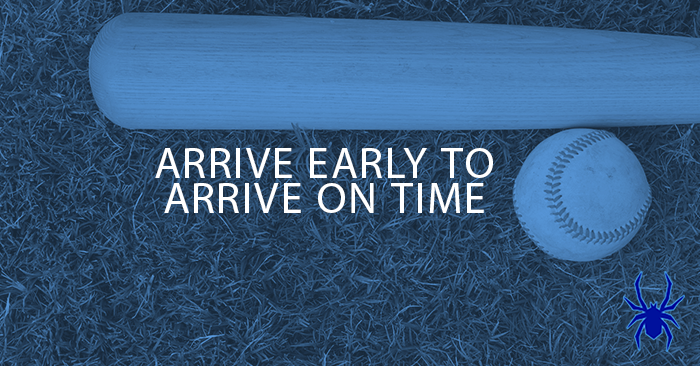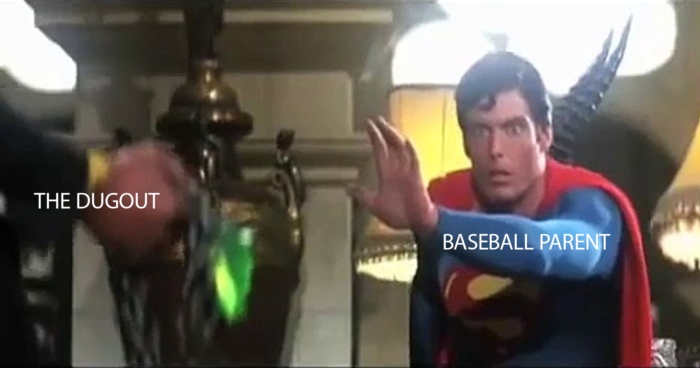Every failure is a brick in the wall towards progress as long as you handle it productively. Keep building. Here’s a closer look at dealing with failure.
You Got Cut and It’s Going to Be Okay
Getting cut hurts. But in the end, the coach did you a favor. Here’s how to look at getting cut with your child productively.
Arriving Early, Arriving On Time, and Arriving Late
Pre-game warmups begin 60 minutes before gametime. Everyone starts warmups together. Let’s discuss arriving early, arriving on time, and arriving late.
The Dugout is Kryptonite and Parents are Superman
You want to come to the dugout. Your son is a cat in the tree. The tree is the dugout, and it’s made of Kryptonite. It’s a trap! The cat will be fine.
Coaching Through Fear and Intimidation
Some coaches use fear and intimidation to correct their players. There’s another way, and it doesn’t eliminate discipline. Here’s an overview…
- « Previous Page
- 1
- …
- 3
- 4
- 5
- 6
- 7
- …
- 21
- Next Page »




